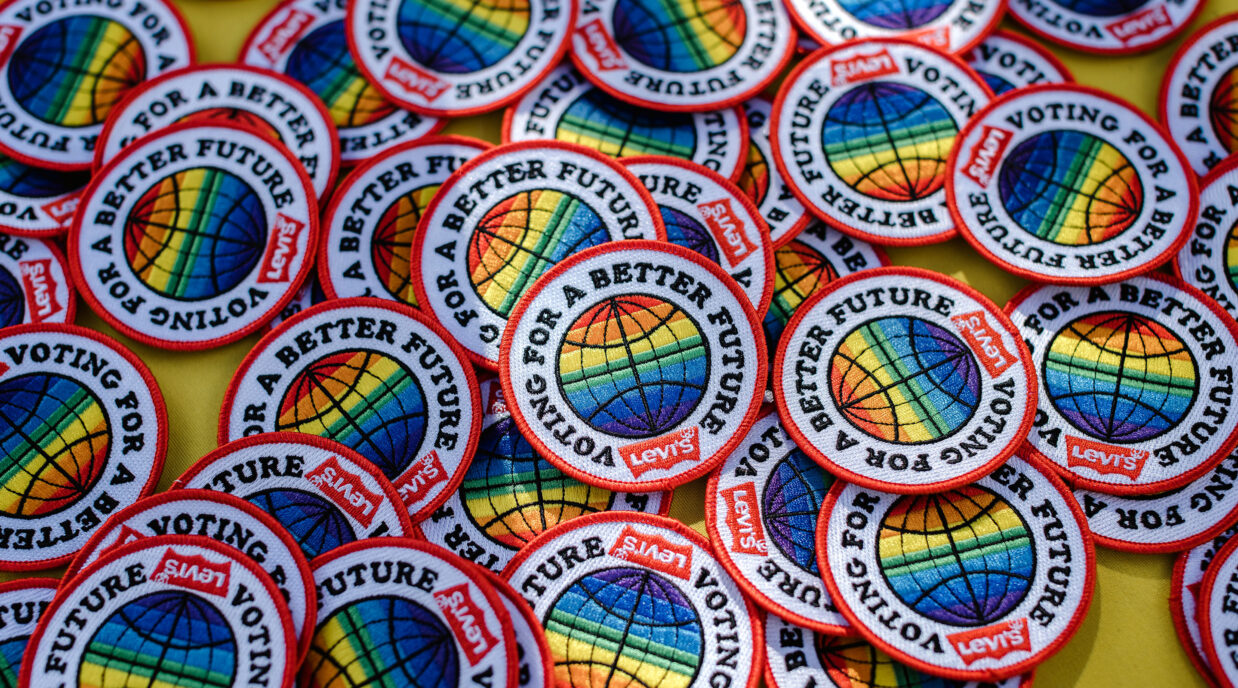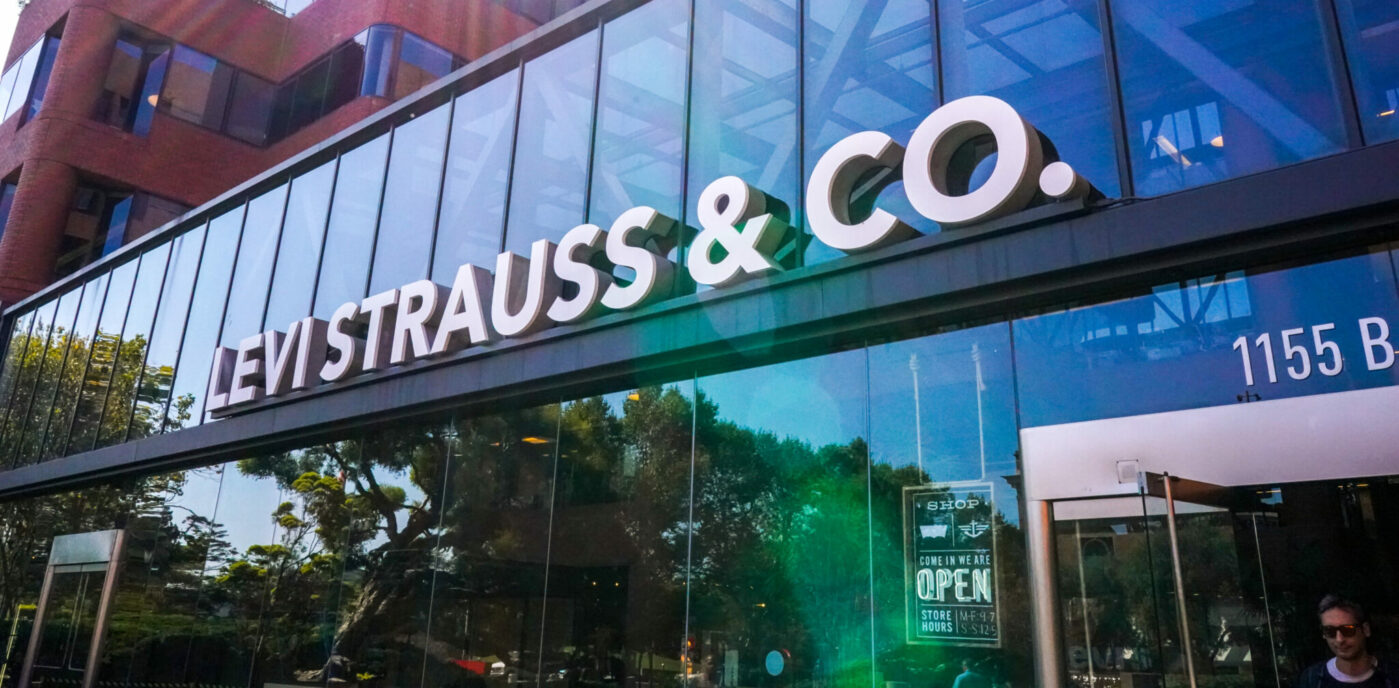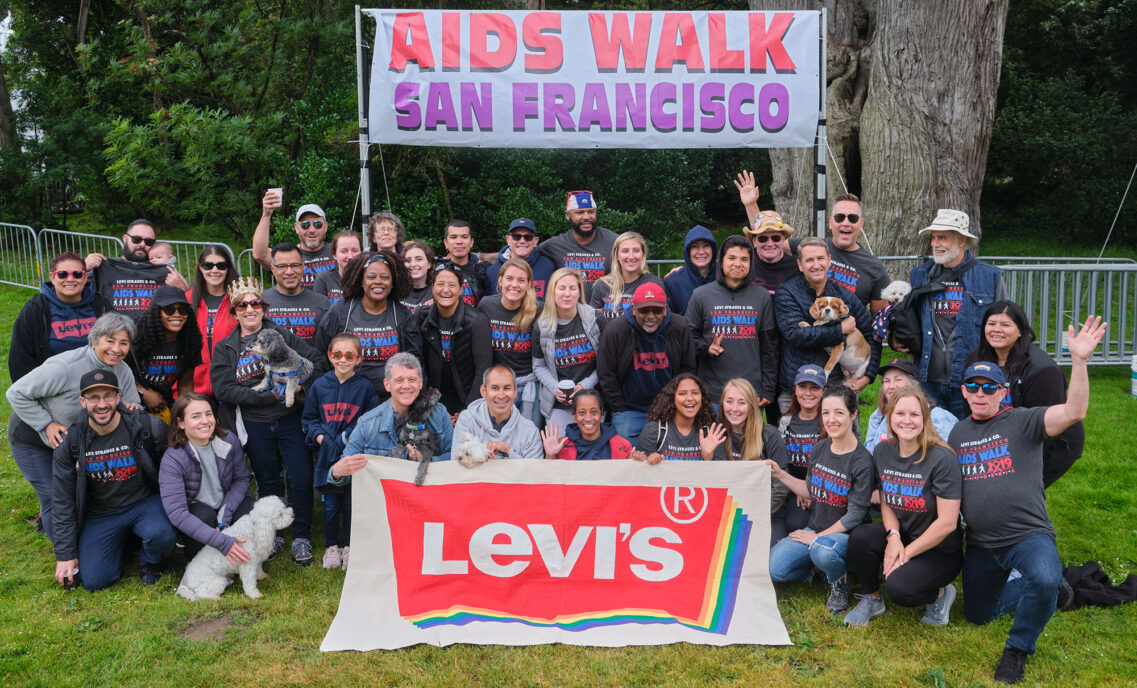“Their BS meter is really, really good.”
That’s how Nick assesses his skateboarding peers – and why it’s so tough to introduce new product to such a tough market.
The Levi’s® brand designer should know. He and Levi’s® merchant Adam were part of a small, core team that recently brought the brand’s Skateboarding Collection to life.
The line began hitting skateboard shops in the United States, Europe and Japan in mid-July. And while the feedback of those shop owners is important – and, so far, positive – it’s not the only input Nick and Adam received.
First, they had their own.
“I think to be authentic for this consumer is the most crucial point that we could ever make,” Adam said. “We better be able to skate it in it, like it and test it, way before it ever hits the market.”
So they tested each product themselves. And, Adam, said, they asked their friends to test it, with a simple, important request: “If this is terrible, I need to know that it’s terrible, and you’ve got to tell me.”
That feedback was critical in bringing the collection to life.
“At the end of the day, we need to be able to walk up to any professional skateboarder, hand it to them, and be 100% confident that it’s going to work and look good and, at the same time, be true and right for the brand,” said Adam.
One question that may come to mind is why Levi’s® even thought it could play in the skateboard culture.
“Just look around,” Nick said. “ Kids have been skating in Levi’s® forever. It’s just what they wear.”
But it’s also what they wear when they’re not skating. And that was an important point in the design and development process. Adam and Nick agree that the products can’t be for skateboarding alone. They’re also Levi’s® jeans, and you have to be able to do whatever you want in them.
In the world of fashion, there’s often a certain amount of tension between design and merchandising, between what the designer thinks is cool and what the merchant thinks will sell.
In this case, Nick, the designer, and Adam, the merchant, say they hardly ever disagreed. Given the fact that both are skaters, they had a consistent idea about what would work and what wouldn’t.
Nick: “It’s like no, this is for skateboarding, it has to be strong, has to have stretch, it has to feel good. It’s done.”
Not only did their shared vision help them quickly reach consensus on everything from fabric to details, it also helped them eliminate some of the “clutter” that can confuse the decision-making process and slow down a typical merchant-design collaboration.
Adam: “We have a pretty healthy list of non-negotiables that we go through before we put something in the market. We said from the beginning this stuff is going to be the best it can be. That’s it.”
As skateboarders themselves, Nick and Adam understand who the consumer is, why they skateboard.
“We know what’s going on out there,” said Adam. “Half of our job is to be on top of fashion and know what works for our brand.”
“It’s got to be real for Levi’s® as well as the consumer,” Nick added.








